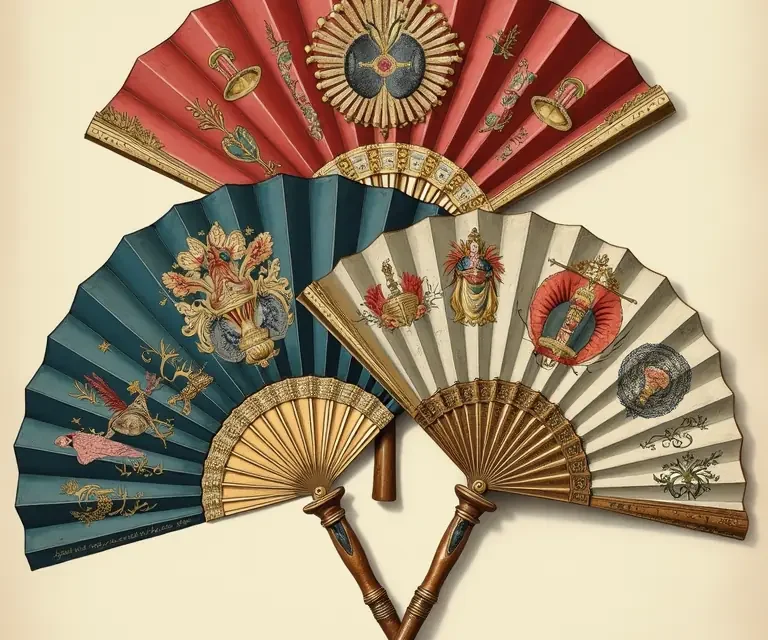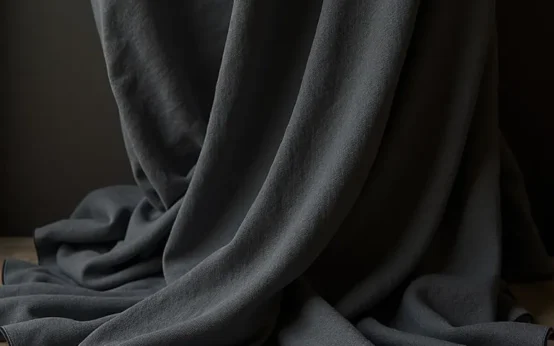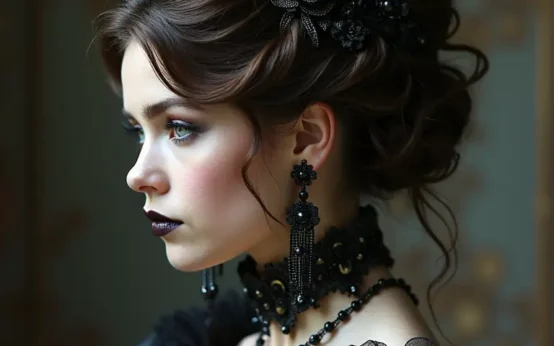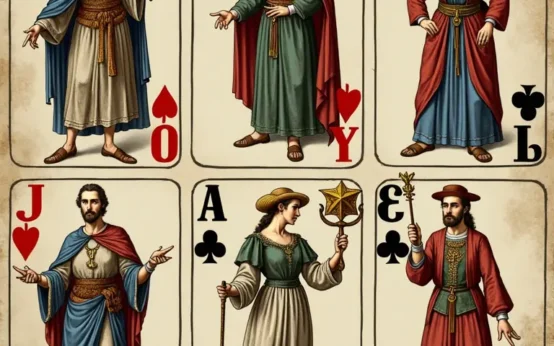Antique fans are often admired for their delicate beauty, intricate craftsmanship, and the sense of a bygone era they evoke. However, beyond their aesthetic appeal, these seemingly simple objects held a surprisingly complex and consistent symbolic language, particularly during the Victorian period. From subtle cues about social status to elaborate codes used in courtship, fans served as a powerful form of nonverbal communication. This article will delve into the fascinating world of antique fans, exploring their history, the evolution of their symbolism, and how they reflected the societal norms of the time.
A Brief History of the Fan
The history of the fan stretches back millennia, with early examples appearing in ancient civilizations like Egypt, Greece, and Rome. Initially, fans weren’t primarily used for cooling; rather, they were symbols of status and religious authority. Egyptian fans, for instance, were often made of elaborate materials like feathers and were wielded by priests and royalty. In ancient Greece and Rome, fans were associated with luxury and were used during ceremonies and theatrical performances.
The fan’s journey to Europe began through trade with the East. During the Renaissance, fans were introduced to Europe from China and Japan, becoming fashionable accessories amongst the wealthy. These early European fans were often made of wood or ivory and adorned with painted scenes or intricate carvings. The 17th and 18th centuries saw the rise of fan-making centers in France and England, where skilled artisans crafted increasingly elaborate and fashionable fans.
However, it was the Victorian era (1837-1901) that truly cemented the fan’s place in social etiquette and symbolic communication. The rigid social rules and emphasis on propriety during this period created a need for subtle forms of expression, and the fan proved to be the perfect tool.
The Language of Fans: A Victorian Code
The Victorian era saw the development of a remarkably detailed “language of fans,” a codified system of gestures and movements that conveyed a wide range of messages. This wasn’t a universally standardized language, and nuances varied somewhat, but a core set of meanings was widely understood. Mastering this language was considered a crucial social skill, particularly for young women navigating the complexities of courtship.
Here’s a glimpse into some of the common meanings associated with various fan movements:
- Opening and Closing the Fan Slowly: “You are charming.”
- Opening and Closing the Fan Quickly: “I am so happy!”
- Fan Yourself Vigorously: “I am very excited.”
- Holding the Fan Close to the Chest: “You have captured my heart.”
- Drawing the Fan Across the Mouth: “You are unfaithful.”
- Pointing the Fan at Someone: “I am interested in you.”
- Turning the Fan Away: “I am not interested.”
- Dropping the Fan: “You have disappointed me.”
- Pressing the Fan to the Lips: “I love you.”
- Playing with the Fan: “I am undecided.”
It’s important to note that the context of the gesture was crucial. A seemingly innocent movement could have a different meaning depending on the situation and the relationship between the individuals involved. A lady skilled in the language of fans could convey her feelings with remarkable subtlety, avoiding direct confrontation or impropriety.
Fans as Status Symbols
Beyond their role in communication, fans also served as powerful indicators of social status and wealth. The materials used in fan construction, the intricacy of the design, and the embellishments applied all spoke volumes about the owner’s position in society.
Early fans were often crafted from expensive materials like ivory, mother-of-pearl, and tortoise shell. These were accessible only to the wealthy elite. The quality of the painting or embroidery on the fan also indicated status. Fans painted by renowned artists or embroidered with delicate silk threads were highly prized possessions.
As fan-making techniques evolved, new materials were introduced, such as sandalwood, whalebone, and even paper. While these materials made fans more accessible to the middle classes, the most elaborate and luxurious fans remained the domain of the aristocracy. The presence of gemstones, lace, or intricate gold or silver detailing further emphasized a fan’s value and the owner’s wealth.
The type of fan also indicated status. The brisé fan, a folding fan constructed from multiple separate, often jeweled, sticks, was particularly fashionable amongst the upper classes. These fans were more expensive to produce and were considered a sign of refined taste and affluence. See also how other objects indicated status, such as antique signatures.
Fans and Victorian Courtship
The Victorian era was characterized by strict social conventions surrounding courtship. Direct displays of affection were frowned upon, and young couples had to rely on subtle cues and indirect communication. The fan became an indispensable tool in this delicate dance of attraction.
As mentioned earlier, the language of fans allowed young women to express their feelings without uttering a word. A carefully timed fan gesture could signal interest, rejection, or a range of emotions in between. A lady might subtly point her fan at a gentleman she admired, or gently press it to her lips to convey her affection.
Fans also played a role in more playful aspects of courtship. During balls and social gatherings, fans were often used in games of flirtation. A lady might challenge a gentleman to guess the meaning of her fan gestures, creating a playful and engaging interaction.
However, the language of fans wasn’t just about expressing romantic interest. It could also be used to subtly ward off unwanted attention. A lady could turn her fan away to indicate her disinterest, or drop it deliberately to signal her displeasure.
The Evolution of Fan Styles
Throughout the Victorian period, fan styles evolved to reflect changing fashions and tastes. Here’s a brief overview of some of the most popular fan types:
- Folding Fans: The most common type of fan, made with a series of hinged sticks covered with fabric, paper, or other materials.
- Fixed Fans: Non-folding fans, often made of solid materials like ivory or sandalwood. These were particularly popular during the earlier part of the Victorian era.
- Brisé Fans: As mentioned previously, these fans were constructed from separate, often jeweled, sticks and were a symbol of wealth and status.
- Boudoir Fans: Smaller, more intimate fans used in private settings. These were often made of delicate materials like silk or lace.
- Evening Fans: Elaborate fans designed to complement formal evening wear. These were often adorned with feathers, beads, or other embellishments.
The decoration of fans also changed over time. Early Victorian fans often featured floral motifs and scenes inspired by nature. Later in the period, fans became more ornate, with intricate designs incorporating geometric patterns, mythological figures, and scenes from popular literature.
The Decline of the Fan and its Enduring Legacy
The popularity of the fan began to decline in the early 20th century with the advent of modern cooling technologies like electric fans and air conditioning. As the need for a practical cooling device diminished, the fan’s social and symbolic functions also became less important.
However, the fan never completely disappeared. It continued to be used as a fashion accessory and a decorative object, and its historical significance has been recognized by collectors and enthusiasts.
Today, antique fans are highly sought after by collectors who appreciate their beauty, craftsmanship, and historical significance. Studying antique fans provides a fascinating window into the social customs, artistic trends, and everyday lives of people in the past.
The language of fans, while largely forgotten, serves as a reminder of a time when subtlety and nuance were highly valued in social interaction. It also highlights the power of objects to convey meaning beyond their practical function. Like the delicate calibration of barometers, the fan’s symbolism was a precise and consistent system.
Collecting Antique Fans: Tips & Considerations
If you’re interested in collecting antique fans, here are a few tips to keep in mind:
- Condition: Look for fans that are in good condition, with minimal damage to the sticks, fabric, or embellishments. Minor repairs are acceptable, but avoid fans with significant structural damage.
- Material: Consider the materials used in the fan’s construction. Ivory, mother-of-pearl, and tortoise shell are highly valued, but also require careful handling and ethical sourcing.
- Provenance: If possible, research the fan’s history and provenance. Knowing the fan’s origin and previous owners can add to its value and historical significance.
- Rarity: Rare and unusual fans are typically more valuable than common ones. Look for fans with unique designs, materials, or historical associations.
- Authenticity: Be wary of reproductions and fakes. Consult with a reputable antique dealer or expert to ensure that the fan is authentic.
Beyond the Fan: A Broader Look at Symbolic Objects
The fan’s symbolic language is just one example of how objects have been used to convey meaning throughout history. Many other everyday objects, such as jewelry, clothing, and even tools, have carried symbolic weight and reflected social norms. The intricate designs on buttonhooks, for example, weren’t just for function, but also fashion. Similarly, the complex system of quipu knot-based record keeping demonstrates the power of objects to hold information and cultural significance. The careful preservation of ice also speaks to the values of a society.
By studying these objects, we can gain a deeper understanding of the past and the people who lived in it.


 The Surprisingly Consistent Science of Vintage Board Game Packaging – Art, Marketing & Cultural Reflection
The Surprisingly Consistent Science of Vintage Board Game Packaging – Art, Marketing & Cultural Reflection  The Surprisingly Consistent Science of Victorian Mourning Crepe – Fabric, Fashion & Grief’s Expression
The Surprisingly Consistent Science of Victorian Mourning Crepe – Fabric, Fashion & Grief’s Expression  The Surprisingly Consistent Art of Victorian Hairwork: Mourning, Memory, and Intricate Craftsmanship
The Surprisingly Consistent Art of Victorian Hairwork: Mourning, Memory, and Intricate Craftsmanship  The Surprisingly Consistent Symbolism of Antique Mourning Jewelry: Tokens of Remembrance & Victorian Grief
The Surprisingly Consistent Symbolism of Antique Mourning Jewelry: Tokens of Remembrance & Victorian Grief  The Surprisingly Consistent Symbolism of Early Playing Cards – A History of Suits, Numbers & Hidden Meanings
The Surprisingly Consistent Symbolism of Early Playing Cards – A History of Suits, Numbers & Hidden Meanings  The Surprisingly Consistent Symbolism of Knots in Different Cultures
The Surprisingly Consistent Symbolism of Knots in Different Cultures